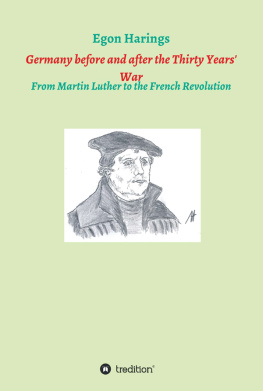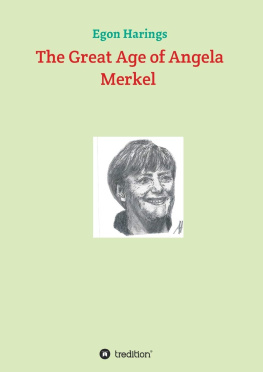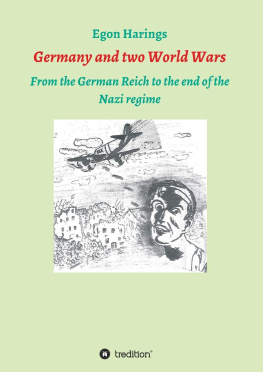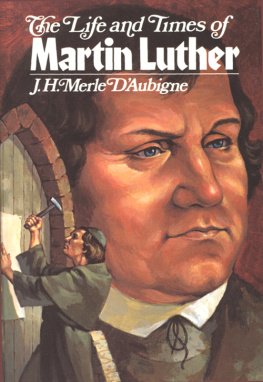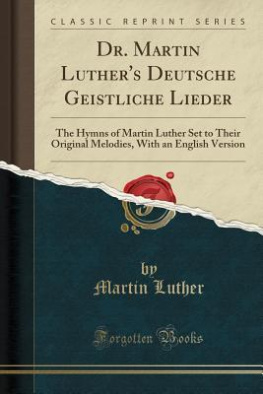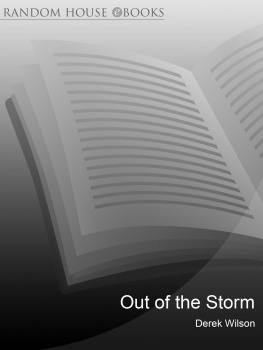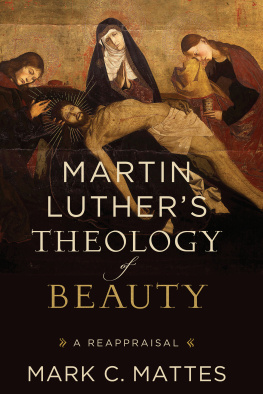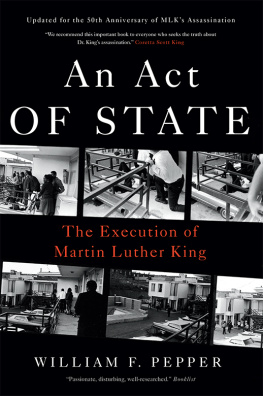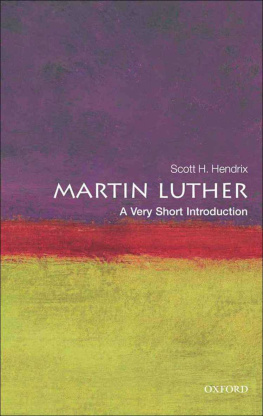Prologue
This book begins with Emperor Maximilian I, who is called The Last Knight. The Middle Ages come to an end and it begins the modern time. In 1517, during the lifetime of Maximilian, Martin Luther publishes his famous theses and thus initiates a theological and political upheaval of greatest extent.
This book takes the reader first from the Reformation to the Peace of Augsburg of 1555. It is the time of Charles V (Karl V), the time of the Habsburg emperor, who can say of himself that the sun never goes down in his empire. It is also the time of the first Turkish invasion.
The Holy Roman Empire of the German Nation soon shows the first signs of decay. The confederacies (Swiss) in the western Alpine regions cause unrest. Peasant wars and wars of succession follow. For many there are bad times, but none are as bad as those that Germany has to experience 1618 1648. It is the Thirty Years War, the war of horror, as it is called in this book, the war in which entire areas are devastated, in which settlements disappear from the map and the population is suffering from terror and hunger. Foreign troops abound on German soil, spreading fear and scare. The armed conflicts finally end in 1648 with the Peace of Westphalia.
The social situation of the population in urban and rural areas immediately after the cruel war is also examined in this book, such as the development of the German territories that still belong to a real federation but lead a life of its own. Here is given attention for two countries especially, Brandenburg-Prussia that experiences its rise to great power by the Great Elector Friedrich-Wilhelm, and Austria that in 1683 once fends off the attack of the Turks and then in the early years of the 18th century the Turkish threat banishes by its great campaigns in the Balkans. In this book is also reported about the clash of Prussia and Austria in the Silesian wars.
In the second half of the 18th century Germany experiences a new and amazing cultural prosperity and political stability despite war damage, loss of population and economic hardship. It is the time of Baroque and absolutism. Visual arts and architecture, literature and music experience in the absolute rule states alike their highlights. So it is also understood that in this book the manifestations of the Baroque to be treated.
This book ends with the French Revolution, thus with the time of Napoleon, whose time is only described in detail, however, in the following volume. In the 18th century a great change takes place in intellectual history, which is triggered by the Enlightenment that you can read in this book too. The mans emergence from his self-incurred immaturity, so the great philosopher from Knigsberg, Immanuel Kant, defines the Enlightenment. He can not express the goals of Enlightenment more precisely. Enshrining these goals in the pan-European intellectual life and its impact not only on the thinking, but also on the political conceptions in Germany, this work tries to show. If that succeeds, the reader decides.
This book deals with the time that is called the heyday of the Habsburgs. Who does not know Maria Theresia. She is not empress, but her husband, Emperor Franz I, she is allowed to stand politically in the shade. Franz I is more devoted to science and his collecting passion than to the state. This book also deals with the time of Friedrich II, Friedrich the Great of Prussia. He is actually the one who makes Prussia a great power. His first government actions find anywhere applause. He abolishes the torture as a means of finding the truth in criminal processes, mitigates the punishment for female child killers and grants for a certain time, the freedom of the press.
Famous are his words regarding religious tolerance: All religions must be tolerated, because everyone has to be saved in his own way. In this conception of the ruling authority, Friedrich II follows the enlightened doctrine according to which rule is not founded on divine order, but on the social contract, tacit, voluntary subjection of the people under a sovereign, from whom they expect in return peace and welfare. Theoretically power is exercised on behalf of the governed. The ruler is, as Friedrich II himself formulates it, the first servant of the state.
Friedrich II drains large wetlands in his kingdom during his time as ruler. He is also known for eliminating the famine in Prussia by introducing potato mining. The potatoes are now grown in large quantities by the rural population. About much more is still reported in this book, like the coffee bean. Almost everyone drinks coffee in Germany, but hardly anyone knows where this bean originally comes from. And, who knows the place from which coffee drinking in Germany becomes popular and who is the one who causes it? This book provides information.
The wildlife a few million years ago.
Darwin, the naturalist, has recognized that all life in the world is changing. He established a new doctrine of the transformation of species: the development of new species by selecting the forms suitable for their respective living conditions. It is not different with German history.
W e write the year 1494
Maximilian I had taken over the reign over the Holy Roman Empire of the German Nation after the death of his father. He was a handsome and well-shaped man with considerably physical power, kindly and successful with women. He had by storm taken the heart of the spoiled princess of Burgundy; he was popular with the people in the towns and in the country as no German ruler before and after him. He took the hearts of the citizens by his affability, his martial recklessness and his interest in art and literature, but that only as long as he didnt turn to them for money matters. He was also popular and respected as great huntsman with the farmers of his Hereditary Countries. But he hadnt a real understanding for the care and plights of the man in the street indeed.

The establishment of Landshut by Duke Ludwig of Kelheim (1183 1231) was confirmed by Abbot Hermann of Niederaltaich. Hermann wrote in 1204: Ludovicus dux bavariae castrum et oppidum in Landshuet construere cepit. Accordingly, Ludwig was the second man in the Holy Roman Empire of the German Nation: He was the deputy of the emperor in the crusade of 1221, then regent for the young king, the son of Friedrich II. 1231 Ludwig was murdered in Kelheim. In the same year his wife Ludmilla of Bohemia founded the Cistercian convent on the outskirts of the town. In Landshut, the famous wedding was held, as reported. In 1475 Georg, the son of Ludwig the Rich, married Jadwiga, daughter of the Polish king.





